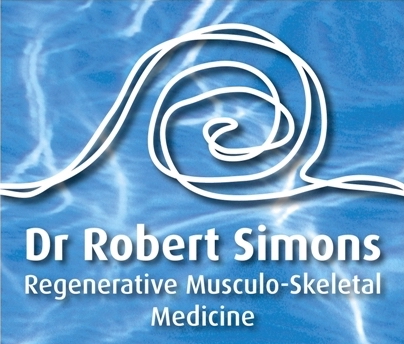The Benefits of an Annual PRP Injection For Knee OA
Knee osteoarthritis (OA) is a chronic progressive disease involving the joint surfaces of the knee. The goal of OA treatments is to reduce pain and improve function and mobility and hopefully slow the progression of the disease. The conservation treatments for knee OA have short-term effectiveness and have their own benefits and disadvantages. numerous published studies suggest that intra-articular (within the joint) PRP injections can be an effective complement to conventional management strategies for knee OA. These studies have shown that injections of autologous platelet rich plasma (PRP) are considered to be a good option for patients with mild to moderate OA, and also for patients with more severe OA who are not yet suitable for joint replacement surgery.
The PRP procedure is based in the intra-articular delivery of a component of the patient’s own blood plasma that has a high concentration of platelets. When the platelets are injected within the joint they release an abundance of growth factors and proteins which are known to initiate and assist the body’s natural tissue repairing mechanisms. The exact mechanism of how PRP relieves symptoms of osteoarthritis is not fully understood, but is thought that it likely alters the metabolism of the cells within the jopint in response to the growth factors released by the platelets. This in turn alters the intra-articular biology and reduces the osteoarthritic symptoms.
PRP therapy for knee OA has been assessed by numerous high quality clinical trials. These studies have proven that intra-articular PRP knee injections for symptomatic early stages of OA are a valid treatment option. Overall, the patients in the trials gained a significant reduction in pain and improvement in function after 6 and 12 months. A lesser nuimber of clinical trials have studied the long term benefits of PRP, and have shown that the beneficial effects of PRP can be sustained at 18 months after the first PRP injection by annual repetition of the treatment. It is important that patients understnad that PRP is not a quick-fix treatment to solve all their osteoarthritis symptoms and PRP achieves best outcomes when used in combination with weight loss, structure exercise and healthy lifestyle.
Our practice protocol is that patients would be recommended to have 2 or 3 injections depending on the severity of their symptoms, separated by an interval of 4 weeks. Our patient outcomes are in line with the published data, where majority of patients gain good to very good benefits at 6 months compared to the pre-PRP treatment pain and function scores (when the cause of patient’s knee pain is cuased by osteoarthritis of the knee). For patients who gain a good response from the initial PRP injections, we usually recommend an annual ‘top-up’ treatment to prolong the improvements in function and reduced pain.
we can arrange a recall at the one year interval to discuss if you would like to have another PRP injection at that time. Please contact our staff on 08) 9446 9600 to request a one year review.
References to support our practice policy for an annual top-up treatment
Conclusion: 24 relevant studies encompassing 2,385 patients were included in the systematic review to assess the published data on the duration of clinical effect from intra-articular injection of autologous PRP. The results showed a consistent improvement in patient pain scores and functional indexes for 6 months after initiation of injections. The residual clinical effect was typically observed beyond 6 months of follow-up in most of the studies. Pain and functional scores decreased after 12months of ollow-up but remained higher than the base scores in the majority of studies. Some suggested that annual injection improved treatment outcomes after 18 months of follow-up.
Conclusion: Intra-articular PRP injections into the knee for symptomatic early stages of OA are a valid treatment option. There is a significant reduction in pain and improvement in function after 12 months, which can be further improved at 18 months by annual repetition of the treatment.
